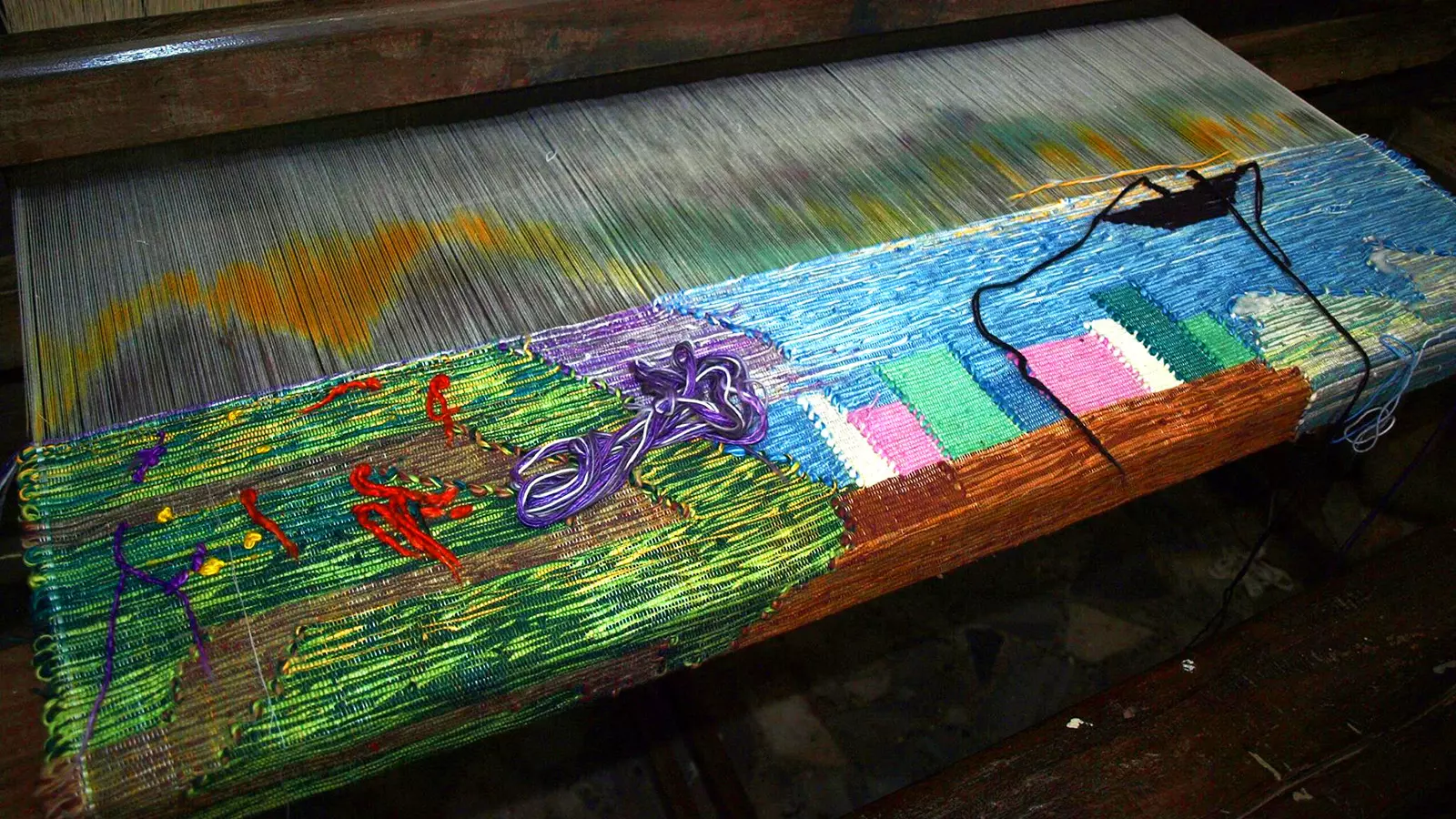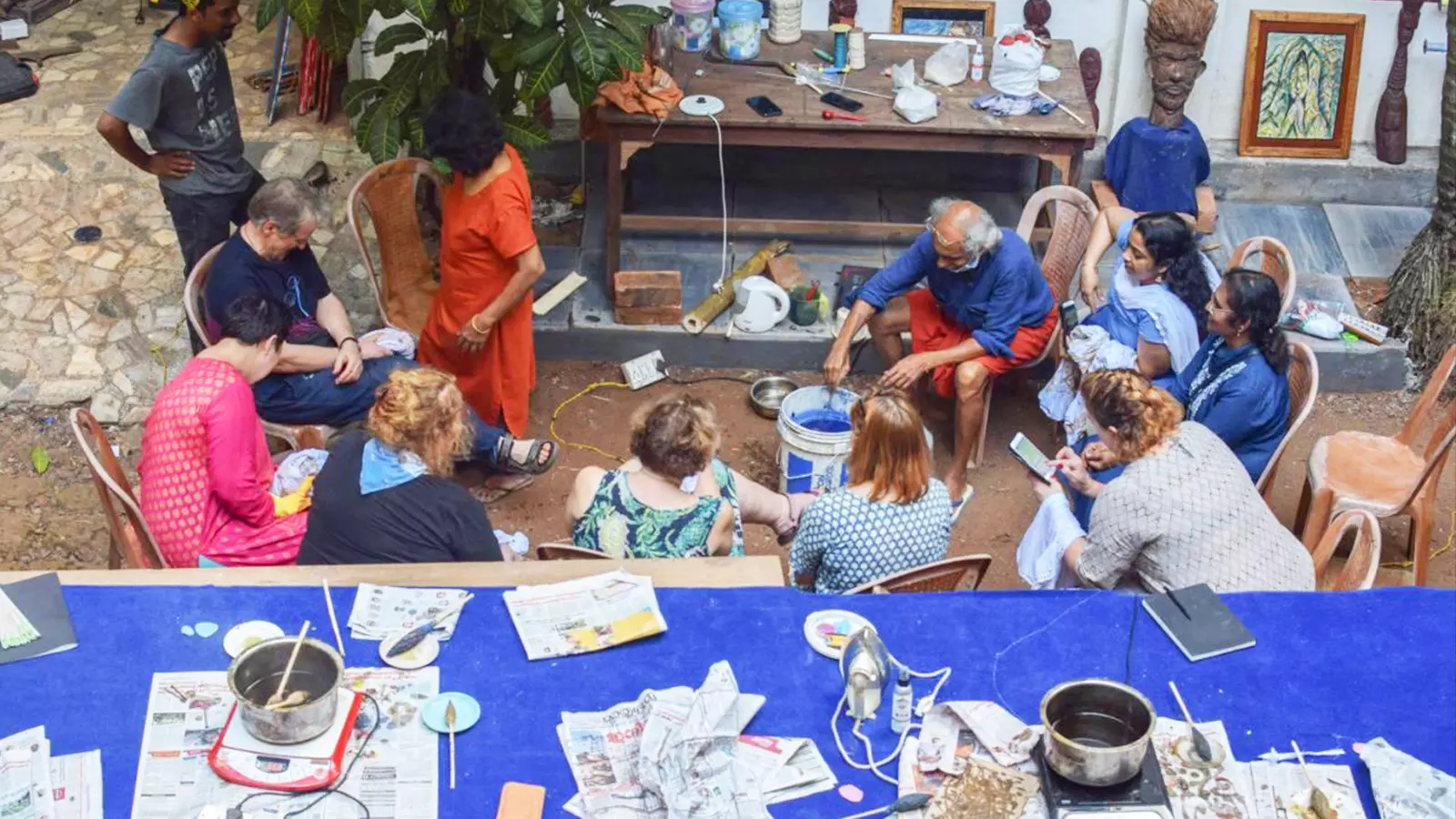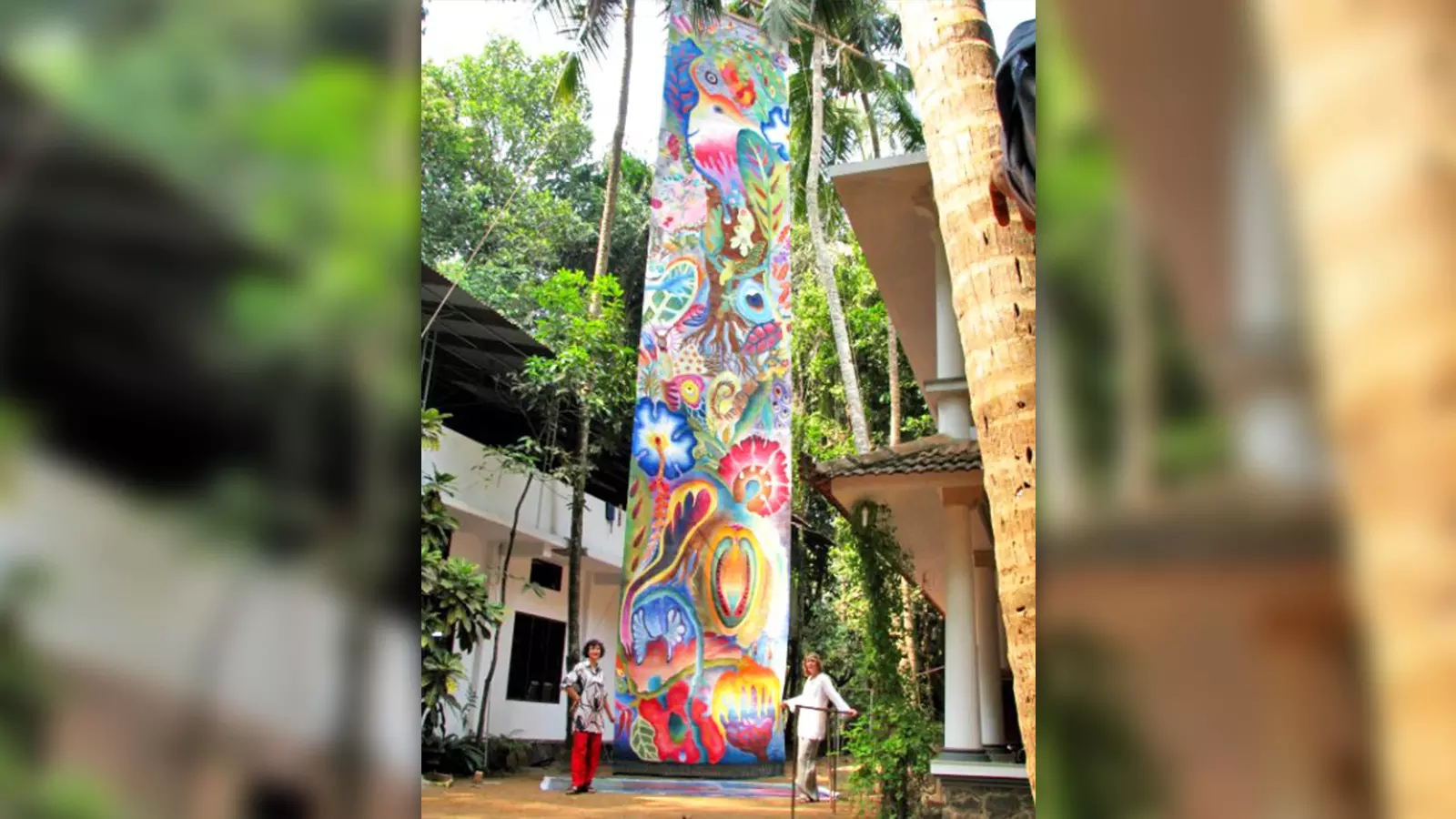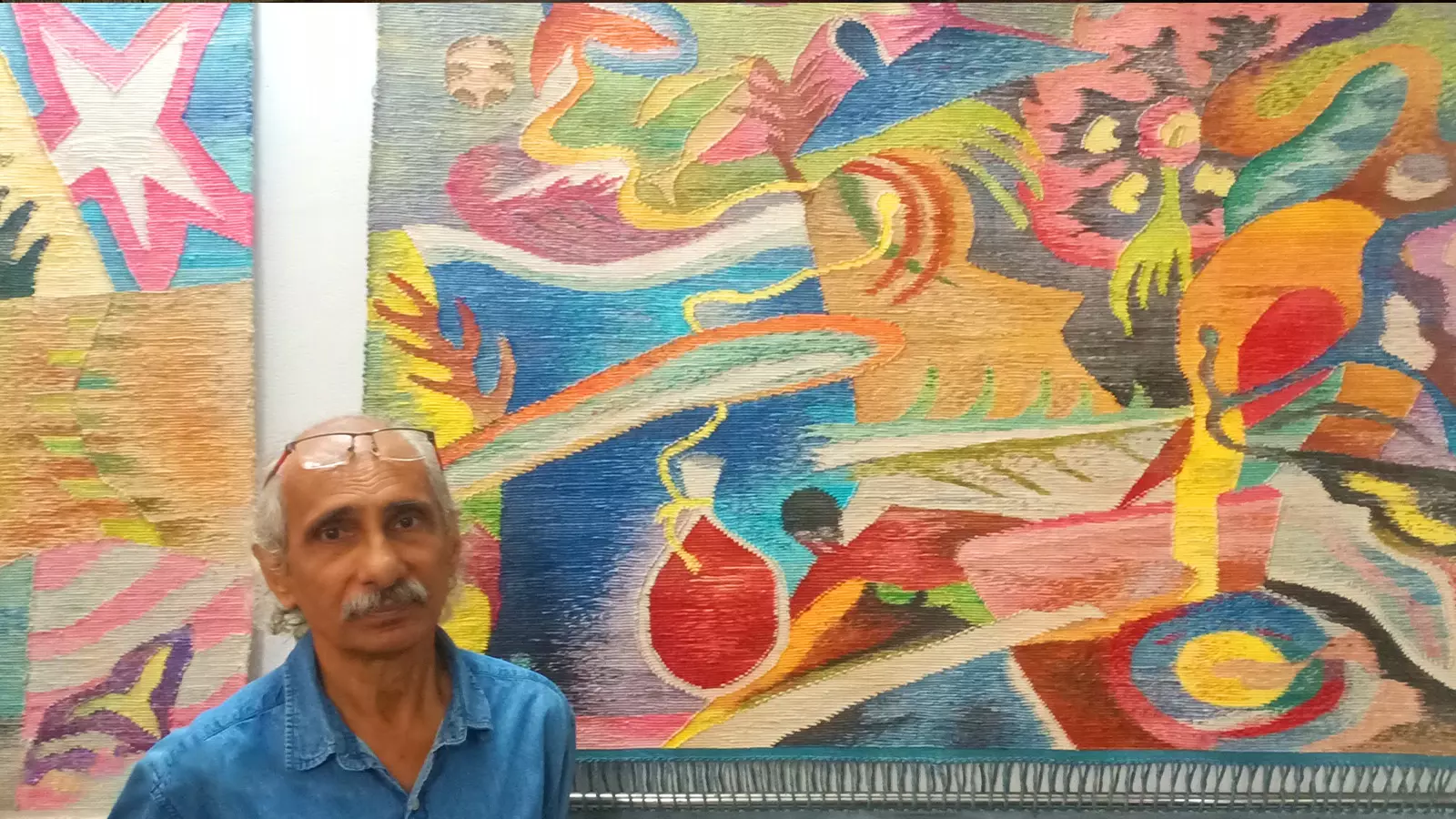
- Home
- India
- World
- Premium
- THE FEDERAL SPECIAL
- Analysis
- States
- Perspective
- Videos
- Sports
- Education
- Entertainment
- Elections
- Features
- Health
- Business
- Series
- In memoriam: Sheikh Mujibur Rahman
- Bishnoi's Men
- NEET TANGLE
- Economy Series
- Earth Day
- Kashmir’s Frozen Turbulence
- India@75
- The legend of Ramjanmabhoomi
- Liberalisation@30
- How to tame a dragon
- Celebrating biodiversity
- Farm Matters
- 50 days of solitude
- Bringing Migrants Home
- Budget 2020
- Jharkhand Votes
- The Federal Investigates
- The Federal Impact
- Vanishing Sand
- Gandhi @ 150
- Andhra Today
- Field report
- Operation Gulmarg
- Pandemic @1 Mn in India
- The Federal Year-End
- The Zero Year
- Science
- Brand studio
- Newsletter
- Elections 2024
- Events
- Home
- IndiaIndia
- World
- Analysis
- StatesStates
- PerspectivePerspective
- VideosVideos
- Sports
- Education
- Entertainment
- ElectionsElections
- Features
- Health
- BusinessBusiness
- Premium
- Loading...
Premium - Events

As you walk towards a tapestry which hangs from the entrance wall of V Vasudevan’s two-storeyed building in Beypore, you see a pair of lizards quickly hide themselves under the fine piece of textile art. The noise must have disturbed the reptiles, as there are hardly any visitors to this gallery of tapestries these days. A mix of moisture and dust fills the air. Remains of cobwebs decorate...
As you walk towards a tapestry which hangs from the entrance wall of V Vasudevan’s two-storeyed building in Beypore, you see a pair of lizards quickly hide themselves under the fine piece of textile art. The noise must have disturbed the reptiles, as there are hardly any visitors to this gallery of tapestries these days. A mix of moisture and dust fills the air. Remains of cobwebs decorate the walls of the building, which houses more than 50 tapestries, many of which have won accolades at the exhibitions held in India as well as abroad. Even though some tapestries, created by Vasudevan’s brother KV Balakrishnan and his sister Santha, were once sold like hot cakes, the craft of tapestry-making today faces neglect, mainly due to lack of sponsorship and support.
When Vasudevan’s father started a weaving centre in Kozhikode’s Beypore in 1977, it was just another one among the hundreds of units in the region. But the unit soon became popular, mainly for the bedspread that it produced which had huge demand in cities like Kolkata, Delhi and Hyderabad. Actress Moon Moon Sen, according to Vasudevan, used to buy the bedspread from his sub-agent in Kolkata. However, nothing is static in the textile industry. The demand for bedspread came down heavily when companies like Bombay Dyeing started introducing bedspread and bedsheets with stunning designs and quality. Vasudevan’s weaving unit incurred huge losses.

In 1989, Vasudevan opened Tasara, which means weaver’s shuttle in Sanskrit, an institution dedicated to creative weaving in Beypore.
It was during this deadlock that he met a musician from Germany who happened to visit his friend’s home in Kozhikode. Vasudevan showed his German friend the weaving unit that he was struggling to run. A couple of months later, Vasudevan got a letter from the German. The Goethe-Institut Max Muller Bhavan was shifting to a new building in Chennai’s Nungambakkam and the officials wanted to know whether Vasudevan could provide curtains for their new office. He went to Chennai with a set of samples. Even though Vasudevan couldn't impress the officials at the Max Mueller Bhavan with his samples at the first meeting, he tried his luck again, bringing in more samples from Beypore. The idea worked out. He returned to his hometown with a handful of orders from the German Council. “When I went there, works such as wiring and plumbing were in progress at the new office. I was given a week’s time. My brother Balakrishan, who was good at textile design, did a fantastic job. We could finish the work in a week. The officials were happy and they appreciated our sincerity,” said Vasudevan.
It was a turning point. In 1989, Vasudevan opened 'Tasara' (means weaver’s shuttle in Sanskrit), an institution dedicated to creative weaving in Beypore. The idea was to bring together artists and weavers on a common platform by breaking the traditional formats. The result was a set of beautiful tapestries (a piece of cloth with a pattern or picture that is created by sewing or weaving different coloured threads onto a special type of strong cloth).

The tapestries at the new office of the Max Muller Bhavan evoked tremendous response.
The news of curtains at the new office of the Max Muller Bhavan evoked tremendous response. The French counterparts of the Alliance Française of Madras soon approached Vasudevan. Its director asked him to conduct an exhibition of textile art at Alliance Française. “He (the director) had one condition. He wanted me to include a French artist also in the exhibition. We displayed our works done in Tasara. The exhibition was a great experience. The leading newspapers in the city published reviews and features of our exhibition,” he said.
The tapestries made in Tasara have been exhibited at various venues in India as well as in Europe, the US and the Middle East. They belong to the private collections of people across the world today as a symbol of fusion, of art and textile. At Tasara, Balakrishnan said, they have a new style of weaving which is different from the conventional Western tapestry technique called Goblin.
Both Vasudevan and Balakrishnan are trying to promote the art form but lack of sponsors brings in a stumbling block to their initiative. Added to this, their sister and renowned tapestry artist Santha passed away recently due to age-related illness. Santha’s works were exhibited at the Kochi-Muziris Biennale in 2019 and Lokame Tharavadu (the world is one family), an art exhibition featuring the works of over 260 artists held in Kerala’s Alappuzha in 2021. Balakrishnan is an artist with a great sensibility. He doesn't remember how many tapestries that he created so far. “I don't remember how many. I have done quite a number of works. And I still do," said Balakrishnan, a renowned tapestry artist.
A form of textile art, tapestry is woven by hand on a loom. As a centre of collaboration, Tasara has provided workshops for artists, sculptors and weavers since 1990. “We have conducted workshops in which artists and weavers collaborate. Tapestry is the result of such a wonderful collaboration of two mediums. Great artists like Adimoolam, Achuthan Kudallur, SG Vasudev, KV Haridasan and Palaniyappan had participated in our workshop,” said Vasudevan.The tapestries made in Tasara have been exhibited at various venues in India as well as in Europe, the US and the Middle East.
The collaboration of weavers and artists, mostly from the Cholamandal Artists village, produced more than 55 tapestries of various shapes and sizes in 1990.
As a craft, Balakrishnan said he is happy that the tapestries that he made became popular across the globe. “At the same time, the craft is not very popular in India, particularly in Kerala. As an artist, I am not at all worried about it but I thought about it many times,” he said.

The tapestries made at Vasudevan's Tasara are part of the private collections of people across the world today as a symbol of fusion, of art and textile.
There is another reason for the lack of popularity. “Many artists, particularly painters, are not ready to collaborate. They are concerned only about their form. They find it difficult when they collaborate and that’s the tragedy,” said Vasudevan, who will be conducting another international tapestry workshop ‘TASARA International Retreat and Expo of Art & Textile’ in February 2024. There will be 100 artists from 50 countries. The workshop will culminate in an exclusive exhibition showcasing the works created before and during this cultural confluence. “This idea of the workshop is to redefine artistic collaboration and cultural exchange, serving as a melting pot of innovative techniques, diverse artistic perspectives, and cross-cultural interactions. It’s a platform where traditional weaving techniques meet contemporary aesthetics, and where artists from diverse backgrounds weave together stories of their heritage and experiences,” said Balakrishnan.
Vasudevan said, “The upcoming international workshop and expo will be his last attempt to revive the craft. It is difficult to run the show. Funding is a major problem. I am in talks with the Kerala state government regarding this. I have written to the Central government as well. I am also having talks with my friends who said they would contribute their share to the initiative. This will be my last attempt to preserve the craft. I hope something will work out,” he added.

